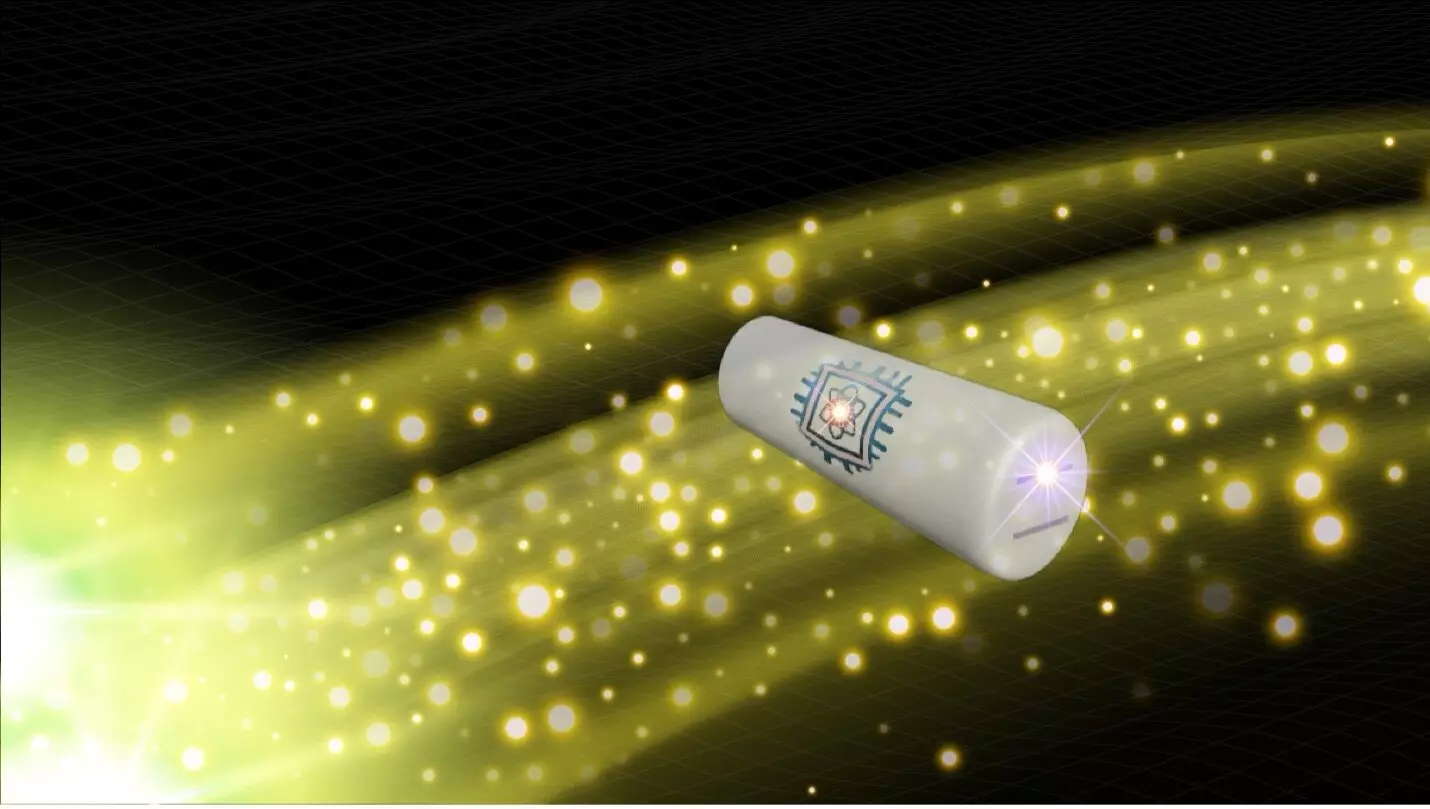In a significant leap for the field of quantum physics, a research team led by Igor Pikovski from Stevens Institute of Technology has proposed a groundbreaking method for detecting single gravitons—hypothetical particles that are believed to be the fundamental constituents of gravitational forces. This nascent concept, which seemed elusive and nearly unattainable until recently, might soon be within the realm of experimentation. “This experiment serves as a foundational breakthrough that many had deemed impossible until now,” Pikovski remarked. His team, comprised of graduate students and a postdoctoral researcher, has reported their findings in a publication in *Nature Communications*.
The endeavor to link gravity—a force that governs the movement of celestial bodies and ensures the everyday fall of objects on Earth—with quantum mechanics, has been a fundamental dilemma in physics for over a century. While notable physicists like Albert Einstein reshaped our understanding of gravity, the exploration of its quantum nature remains an open chapter. Unlike other fundamental forces that can be explained through quantum theories, gravity continues to elude comprehensive quantum description. The introduction of graviton particles could be a game-changing avenue in reconciling these two realms of modern physics.
Gravitons, as defined by physicists, are thought of as massless particles that transmit the force of gravity, akin to how photons transmit electromagnetic force. Although gravitational waves have been confirmed by state-of-the-art detectors like LIGO, the identification of individual gravitons has remained a pipedream primarily due to the sheer scale and challenges of measurement. The proposed detection methodology by Pikovski’s team could pave the way for groundbreaking insights into gravitational physics.
The team’s strategy involves some innovative thinking around existing technology—specifically, an acoustic resonator, which is essentially a robust cylinder crafted to sense minute energies. By enhancing this device with quantum sensing capabilities, they aspire to isolate and detect the emission of individual gravitons. Pikovski draws analogies to the photoelectric effect that was pivotal in the birth of quantum theory, suggesting that gravitational waves could offer a similar understanding of gravity at quantum levels.
The proposed experiment hinges on a sophisticated detection method that requires cooling materials to near absolute zero, where quantum phenomena can be observed more readily. This would enable the monitoring of energy changes in discrete steps—indicating the absorption of single gravitons. “We are essentially calling upon the gravito-phononic effect, where we monitor the vibrational characteristics of materials under the influence of gravitational waves,” explained Sreenath Manikandan, one of the researchers involved in the study.
One compelling aspect of the research is how it integrates data from LIGO. Although LIGO is adept at spotting broad gravitational wave signals, it cannot hone in on individual gravitons. By cross-referencing the data from LIGO with their proposed experimental model, the team believes it can significantly enhance its detection capabilities. This inventive approach is bolstered by recent advancements in quantum technologies, which have shifted perspectives about what is possible within this complex field.
Implications for Future Research
The excitement surrounding the proposed methodology lies in not only its potential to detect gravitons but also its broader implications for quantum physics as a whole. For years, many physicists considered the detection of single gravitons to be an insurmountable barrier. However, as Pikovski noted, recent developments in observing quantum effects in larger objects might render this possibility plausible. The prospect of utilizing large-scale quantum systems could facilitate discoveries that transcend our current limitations.
The team’s investigation is particularly noteworthy given its origins in past theoretical challenges. “Historically, this area faced skepticism, with the consensus being that detection was a fool’s errand,” Pikovski recalled. But through a combination of rigorous mathematics, technological innovation, and a fresh theoretical lens, they have redefined what is conceivable in the study of gravity.
While the quest for detecting single gravitons is still in its infancy and specific technology for such measurements may not yet exist, the researchers express optimism about future developments. As technology evolves rapidly, and with ongoing efforts to refine quantum sensing methods, the dream of capturing gravitons could become a reality sooner than some might anticipate.
The strides made by Pikovski’s team are a testament to the power of innovative thinking in science—transforming what was once deemed impossible into a tangible possibility. The implications of such a breakthrough could redefine our understanding of gravity, enabling new perspectives on the universe and its underlying mechanics, while perhaps paving the way for the unification of general relativity and quantum mechanics—an ultimate goal for physicists worldwide.

